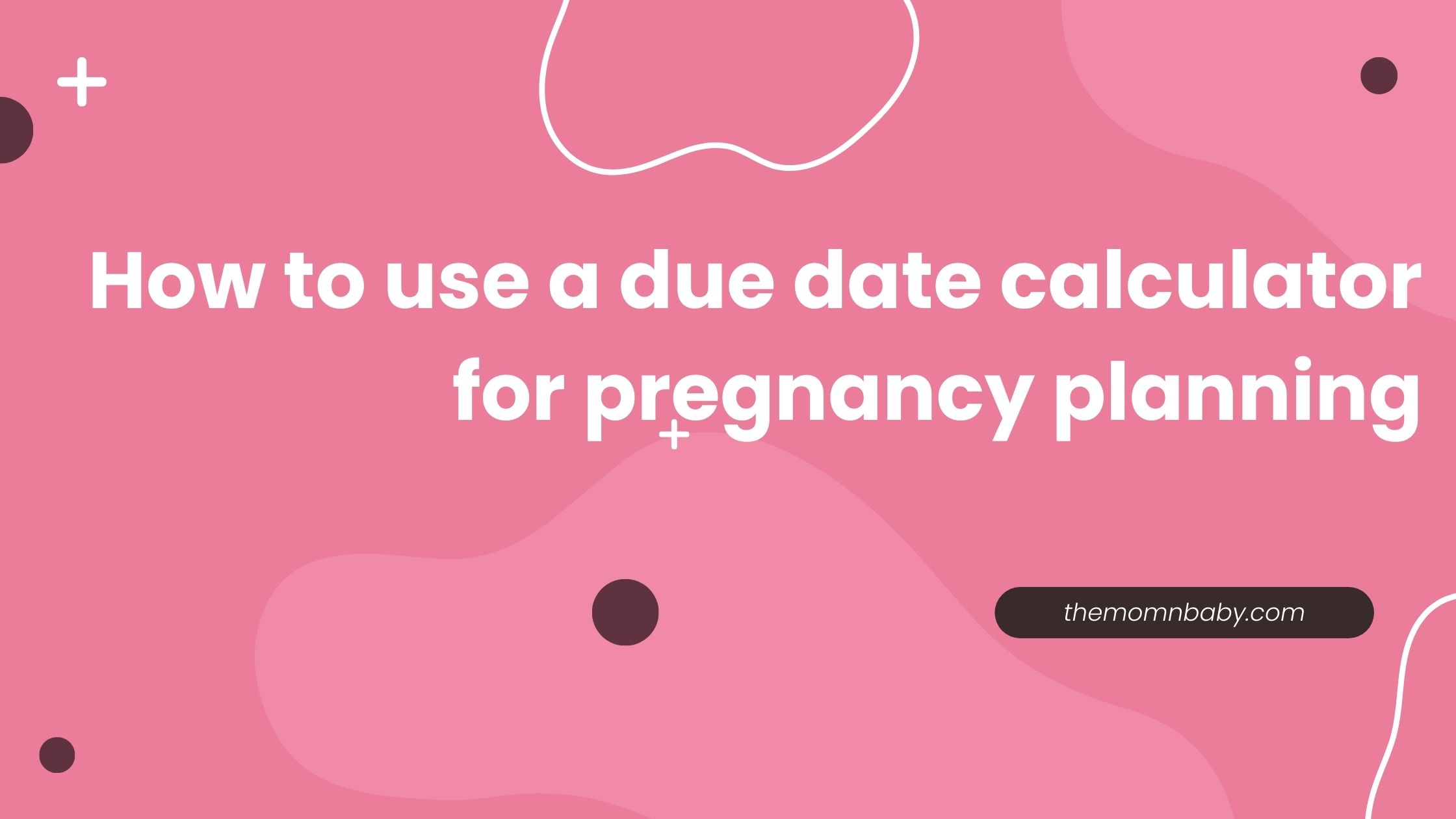
Pregnancy is a special time, but it can also be tough, especially when it comes to finding the right sleeping position. The discomfort of a growing belly, hormonal changes, and the excitement about your baby’s arrival can all make sleeping a challenge. After having your baby, sleep can still be tricky. In this easy-to-understand guide, we’ll talk about how to get a good night’s sleep during pregnancy, focusing on finding the best sleeping position. We’ll also share tips on how to sleep better after giving birth while keeping the importance of sleeping positions in mind.
Sleeping Comfortably During Pregnancy and After Birth: A Simple Guide
Find out how to sleep comfortably when you’re pregnant and after having a baby in our easy guide. Learn the best ways to sleep, relax, and rest well during these important times for you and your baby’s health.
Sleeping Positions During Pregnancy
Pregnancy changes your body, and that means you might need to adjust how you sleep. Here are some simple things to remember about sleeping when you’re expecting:
1.On Your Side (SOS):
Left Side is Best: Doctors often recommend sleeping on your left side when you’re pregnant, especially as your pregnancy progresses. This sleeping position is great because it helps blood flow better to your baby. It also helps your body get rid of waste more efficiently.
Right Side is Fine: If sleeping on your left side doesn’t work for you, it’s perfectly okay to sleep on your right side too.
2. Use Pillows for Comfort Sleeping Position:
Body Pillow is a Friend: Many pregnant women find comfort in using a body pillow. It’s like a cozy hug for your belly. Place it between your knees and under your belly to get comfy and support your body in the right sleeping position.
3. Avoid Sleeping on Your Back:
Don’t Sleep on Your Back: It’s best to avoid sleeping on your back, especially as your pregnancy goes on. When you lie on your back, it can squeeze a big blood vessel and reduce blood flow to your baby. This can make you feel dizzy or like you can’t breathe, so choose a different sleeping position.
4. Raise Your Upper Body for Heartburn:
Beat Heartburn: If heartburn bothers you during pregnancy, try sleeping with your upper body slightly elevated. You can do this by using pillows to prop yourself up. This helps keep stomach acid from coming back up and causing discomfort, allowing you to sleep better in a comfortable position.
Also Read : Belly Belt 20 Benefits : During And After Pregnancy and Precaution
Sleeping Position After Giving Birth
Sleeping well remains a challenge after pregnancy, especially with a new baby. Here’s how to make sure you and your baby get the rest you need, all while considering the importance of sleeping positions:
1. First Few Weeks Sleeping Position:
Nap When Your Baby Naps: In the early weeks after giving birth, your baby’s sleep schedule might be unpredictable. To fight sleep deprivation while maintaining the right sleeping position, take short naps during the day whenever your baby does. Even brief rest can make a big difference.
Safe Co-Sleeping: Some parents choose to sleep with their baby close by to make nighttime feedings easier. If you decide to co-sleep, make sure you follow safety guidelines. Use a firm mattress, keep loose bedding away, and create a safe space for both you and your baby to sleep in the right position.
2. Breastfeeding and Sleeping Position:
Lying Down to Feed: When it’s time to feed your baby, you can lie down on your side. It’s a cozy and convenient way to nurse your baby while in the right sleeping position. Just make sure you and your baby are safe without any hazards like loose blankets.
Read More : Breastfeeding Tips: Dos And Don’ts For New Mothers
3. Sharing Baby Duties:
Help from Your Partner: If possible, take turns with your partner in taking care of the baby at night. This way, you both get longer stretches of sleep and can rest in a comfortable sleeping position.
4. Choose Right Sleeping Position For Short Naps Can Help:
Nap Wisely: When your baby takes short naps during the day, try to squeeze in quick naps yourself. They can help you feel more awake and refreshed while maintaining a comfortable sleeping position.
5. A Relaxing Bedtime Routine Sleeping Position:
Wind Down Before Bed: Create a bedtime routine that helps you relax. This can include a warm bath, calming music, or gentle stretches. A calming routine sets the stage for better sleep in a comfortable position, even during those challenging early postpartum days.
6. Seek Support When Needed:
– Talk to a Professional: If you’re having trouble sleeping, feeling extremely tired, or experiencing mood changes, don’t hesitate to reach out to a healthcare provider. They can provide guidance and support, ensuring you and your baby are in the best sleeping position, both physically and emotionally.
7. Taking Care of Your Body:
– Supporting Your Pelvis: After giving birth, especially if you had a vaginal delivery, it’s important to support your pelvic area while sleeping. You can use a special belt or pillow to reduce discomfort in the right sleeping position. Proper pelvic support contributes to your physical recovery and overall comfort.
Do’s and Avoid Sleeping Position – During Pregnancy:
Do’s:
- Sleep on your left side to enhance blood flow to the uterus.
- Use pillows for support, placing them between your knees and under your belly.
- Elevate your upper body to alleviate heartburn.
- Stay hydrated but limit evening fluid intake.
- Establish a calming bedtime routine.
Avoid:
- Avoid sleeping on your back, especially in later stages of pregnancy.
- Limit caffeine intake, particularly in the afternoon and evening.
- Avoid heavy meals before bedtime.
- Steer clear of strenuous activities close to bedtime.
Do’s and Avoid Sleeping Position – After Delivery:
Do’s:
- Take short naps to catch up on rest.
- Nap when your baby naps.
- Create a safe sleep environment if co-sleeping.
- Share night-time caregiving duties with your partner.
Avoid:
- Don’t neglect self-care; prioritize your well-being.
- Avoid overloading your schedule with visitors and activities.
- Don’t skip meals; maintain regular, balanced eating habits.
- Minimize stress to support better sleep and postpartum recovery.
Pregnancy and the postpartum period can make sleep challenging, but there are ways to make it better, especially by finding the right sleeping position. The right sleeping positions during pregnancy are important for both your comfort and your baby’s well-being. After giving birth, sleep can remain a challenge, but with adjustments and support from your loved ones, you can get better sleep in a comfortable position.
Remember, everyone’s experience is unique, and what works for one person may not work for another. It’s important to take care of yourself and your baby while finding the best sleeping position. If you’re unsure about what to do, healthcare professionals who specialize in pregnancy and post-birth sleep can offer guidance tailored to your specific situation.
FAQ Sleeping Position During and After Pregnancy
Q: How can I alleviate heartburn during pregnancy while sleeping?
Elevating your upper body slightly by using pillows can help reduce heartburn symptoms while sleeping. This prevents stomach acid from flowing back into the esophagus.
Q: Is co-sleeping with my newborn safe?
Co-sleeping can be safe if done correctly. Ensure a firm mattress, keep loose bedding away, and maintain a protective barrier between you and your baby to create a safe sleep environment.
Q: What should I do if my newborn has irregular sleep patterns?
In the early days after delivery, nap when your baby naps to catch up on sleep. Newborns often have irregular sleep schedules, so taking short naps during the day can help you rest.
Q: How can I share nighttime caregiving duties with my partner?
You and your partner can take turns caring for the baby at night. This allows both of you to get longer stretches of uninterrupted sleep and share the caregiving responsibilities.
Q: What is a calming bedtime routine, and why is it important?
A calming bedtime routine includes relaxing activities such as a warm bath, soothing music, or gentle stretches before bed. It helps signal to your body that it’s time to sleep and promotes better sleep quality.
Q: How can I minimize stress during the postpartum period using better Sleeping Position?
Minimizing stress involves managing your schedule, seeking support from loved ones, and prioritizing self-care. Stress can interfere with sleep and affect your postpartum recovery, so it’s important to find ways to reduce it.






